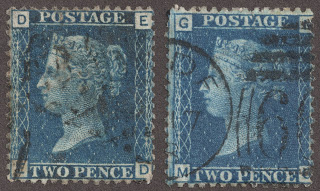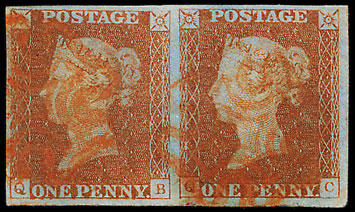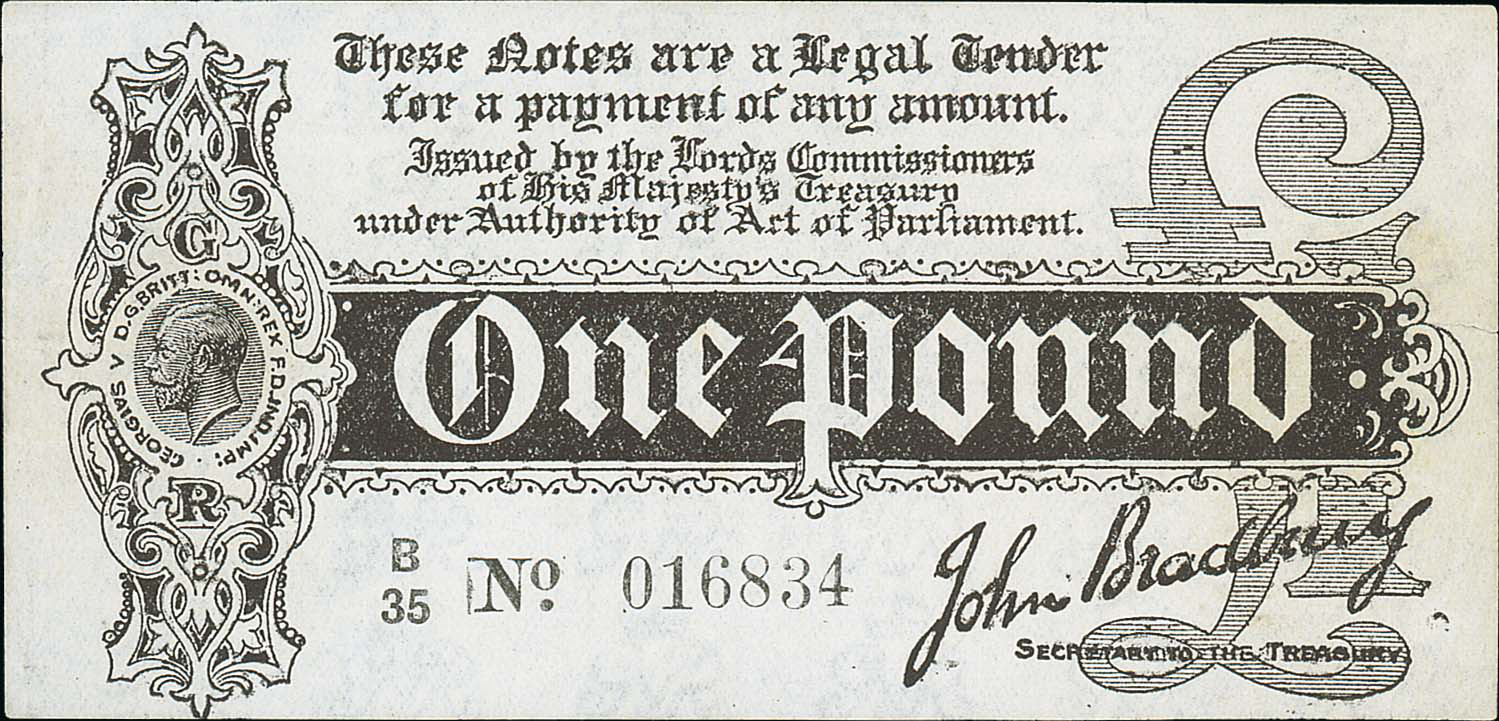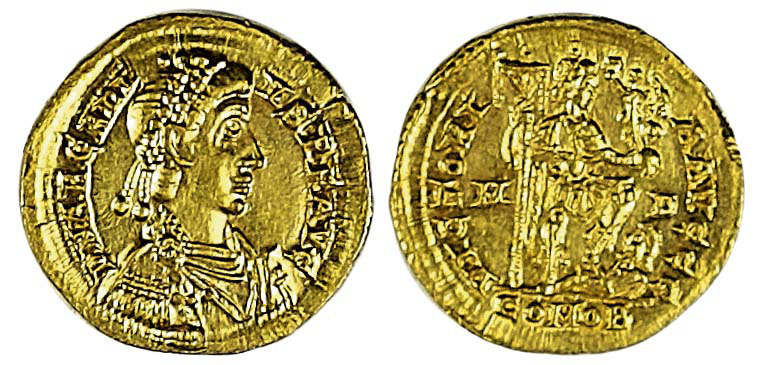The study of postcards is known as ‘deltiology’ and they are often collected as souvenirs, mementos or historical records.
First printed and sent by the postal service circa 1840, the popularity of sending postcards has sadly declined in the digital era.
However, postcard collecting is still an extraordinarily satisfying hobby –and it remains popular with those who are interested in history, architecture, art and other wide-ranging topics.
Interestingly, old postcards can still command significant prices but it does depend on their age, condition, rarity and subject matter.
In this detailed guide, you’ll learn how to sell a postcard collection and discover 8 easy steps to follow to help achieve the best possible return.
Step 1 - Store your postcards properly
Ensure your postcards are well protected by using plastic sleeves or a specialist album (like below) to store them properly. Avoid using rubber bands, paper clips, string or anything else which could leave a mark and reduce their value.
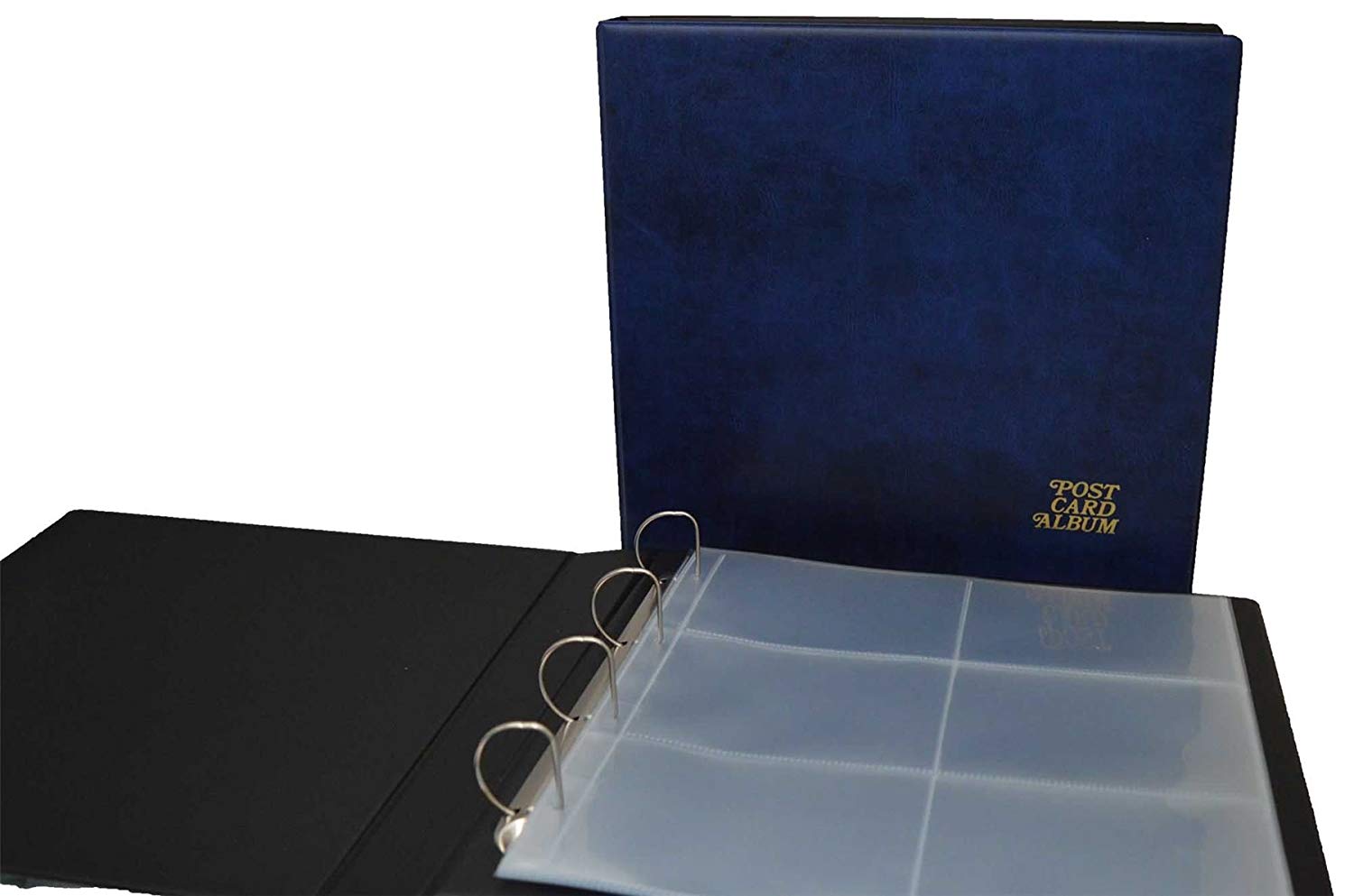
Step 2 - Research the value of your cards
You’ll only know how your investment should be marketed if you have a basic understanding of its true value. To do this, you need to find out a rough ‘going’ price for the type of postcards in your possession.
The ‘selling prices’ on eBay (not the asking prices or bids) can sometimes be one of the most useful resources to check.
If this doesn’t help, visit your local library or buy one the following postcard collecting books:
The Encyclopaedia of Antique Postcards: A Fully Illustrated History and Price Guide to More Than 100 Collecting Categories from Attwell to Zodiac by Susan Brown Nickolson
Rare and Expensive Postcards: A Price Guide by John M. Kaduck
The Postcard Price Guide, 4th Ed., A Comprehensive Reference by J. L. Mashburn
The Artist-Signed Postcard Price Guide, Second Edition: A Comprehensive Reference by J. L. Mashburn
Black Postcard Price Guide (2ndEdition) by J. L. Mashburn
Vintage Postcards for the Holidays: Identification and Value Guide by Robert Reed and Claudette Reed
The Golden Age of Postcards Early 1900s by Benjamin H. Penniston
Linen Postcards: Images of the American Dream Price Guide by Mark Wether
Collector's Guide to Postcards by Jane Wood
When trying to assess the value of a postcard or collection, remember that this will depend largely on its age, condition, rarity and subject matter.
For comprehensive details about condition and its impact on value, read our Postcard Grading Guide now!
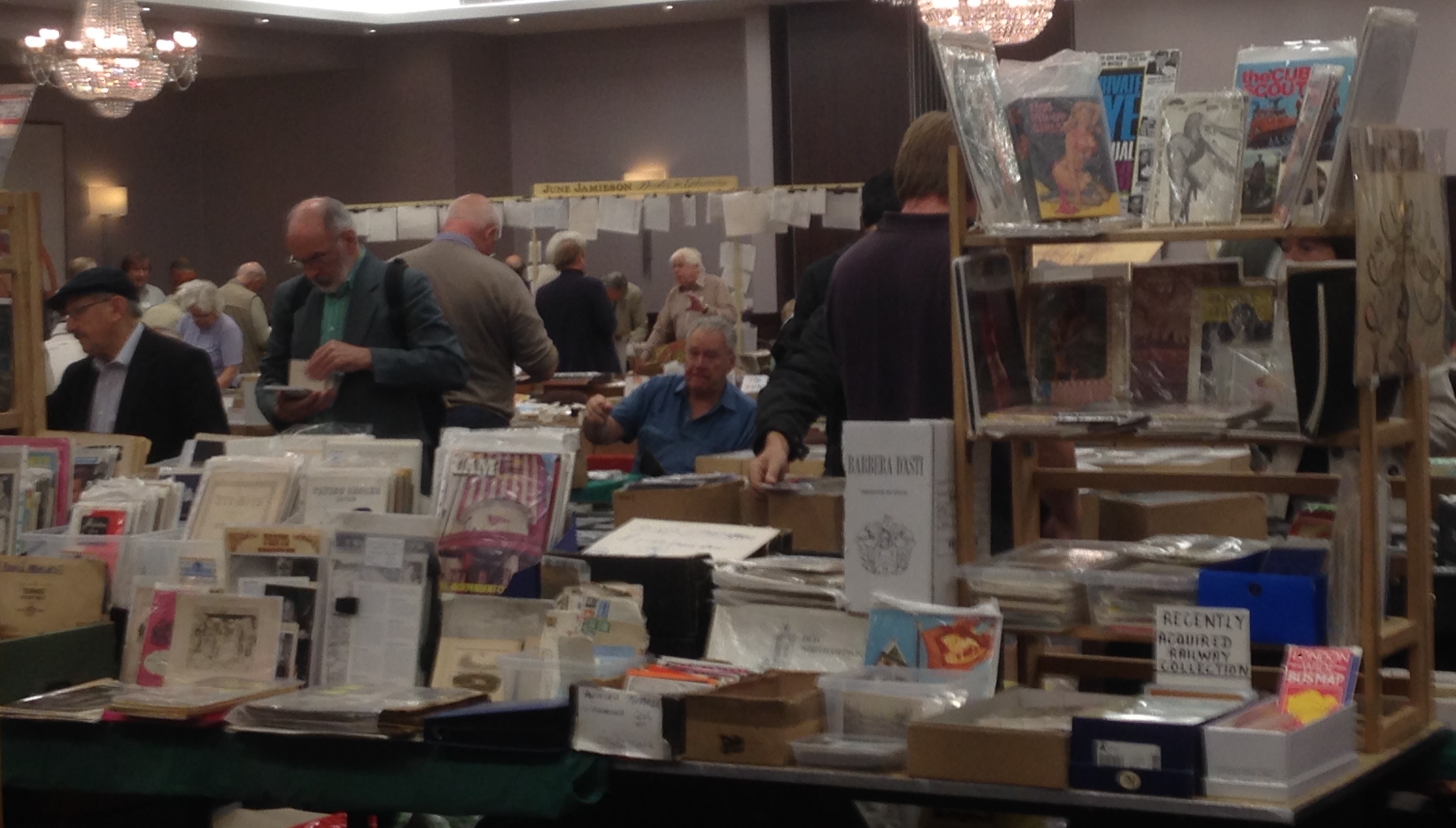
Step 3 - Visit vintage markets & postcard fairs
Held in a variety of locations throughout the UK, these popular events attract both dealers and collectors. They’re a good place to meet fellow enthusiasts but don’t always generate sales. Selling at postcard fairs or vintage markets delivers mixed results because buyers tend to want more time to research items before doing a deal.
Step 4 - Trade with a postcard dealer
Dealers usually specialise in certain fields and are a great source of information. The main benefit of using a postcard dealer is they’ll help you to secure a quick sale. Unfortunately, you should not expect to achieve the best price possible because, like every retail business, they usually only pay wholesale or discounted prices - allowing them to sell your items for a profit.
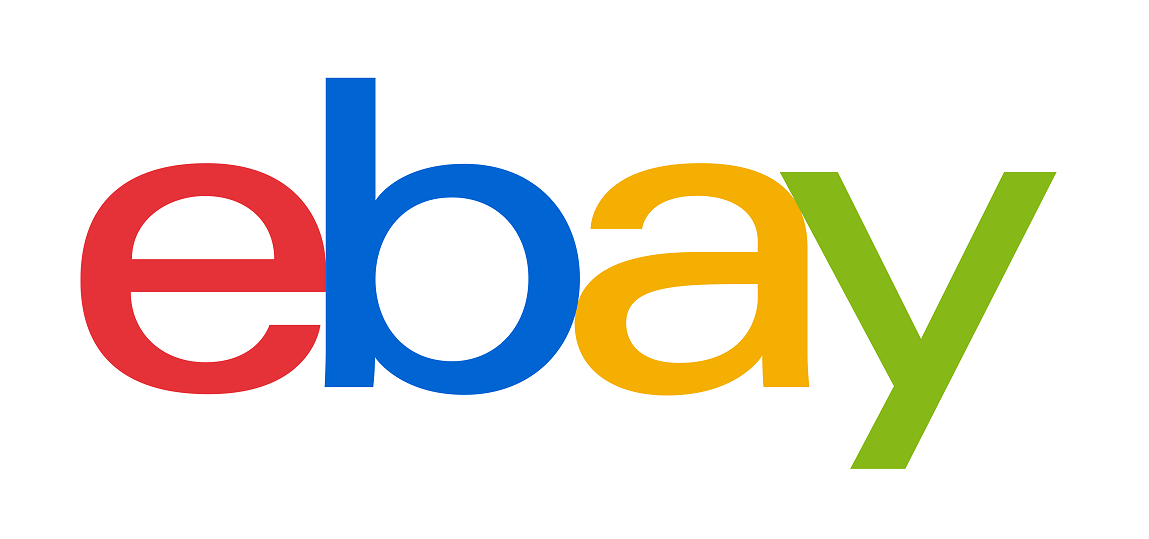
Step 5 - List your items on eBay
The popular online auction site continues to be one of the most common ways to sell old postcards or entire collections.
Although it gives you access to a worldwide audience of interested buyers, you will have to work hard to achieve a sale. Depending on your viewpoint (and how much effort you’re willing to put in), you’ll either think eBay is brilliant or a nightmare.
As the seller you are responsible for taking photographs, writing a description, setting a price, liaising with prospective bidders, corresponding with the buyer afterwards, wrapping the item and arranging delivery.
Buyers are also often reluctant to pay a premium for an item they cannot inspect first hand. To stand a chance of getting the best possible return you must be 100 per cent accurate and honest in your description – especially with regards to condition. Creating a detailed description will increase the likelihood of your item finding a buyer, especially if you are trying to appeal to someone who invests in topical cards.
Be warned, the fees eBay charge to list an item with a ‘reserve’ can be expensive. But if you don’t do this, you risk losing it for a fraction of its true worth. Weigh up the pros and cons before deciding what’s best for you.

Step 6 – Offer postcards for sale at auction
If you consign your postcards to an auction house, they will offer a high level of exposure to specialist collectors by combining a live auction with internet and telephone bidders – in return for a percentage of the realisation.
Most auction houses will advise you whether it is best to split the collection into valuable cards to be sold individually or bulk them together. They will then describe the cards and auction them off in lots.
Some auction houses charge a seller’s fee to place an item in a sale, either a flat fee or a percentage of the sale value.
At Warwick & Warwick, we only charge a 17.5% commission charge plus VAT for a sale by auction on lots reserved at no more than 60% of estimate - a total deduction of 21% of the hammer price. There is no additional charge for insurance, lotting, valuation or transport.
Even after taking into account commission, it is often possible to get a better return at auction because it lets you get much closer to the ‘retail’ price. This is achievable because of our extensive database of postcard collectors and dealers from the UK, Europe and around the world.
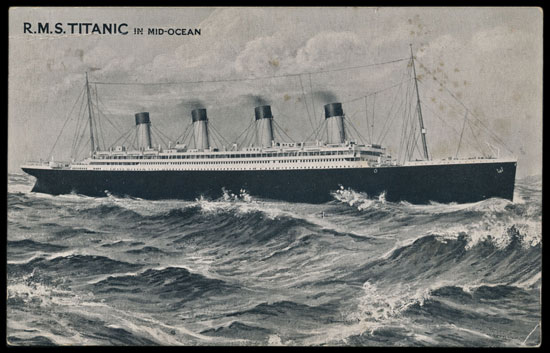
A postcard mailed from the doomed liner 'Titanic' realised £8,600 in a Private Treaty sale arranged by Warwick & Warwick.
Step 7 - Sell to an auction house outright
If you sell postcards to an auction house outright, they will look at your collection and make an offer which is based upon a fair and accurate current market valuation.
This technique is known as a ‘Private Treaty Sale’ and is an excellent way to remove the uncertainties of the auction room. It also allows you as a seller to know exactly how much you’ll receive.
Because this type of sale is not subject to commission, you won’t incur any other charges such as insurance, transportation or seller’s fees.
If you accept the offer, you must sign an instruction form and a cheque will be sent out as soon as this is received.
We offer this service at Warwick & Warwick and a sale of this nature is underwritten by us.
Step 8 – Make a decision that’s right for you
If you're lucky enough to own or have inherited a postcard collection, it's only natural to wonder what these items might be worth.
If you suspect the collection to be of value, it may be a good idea to have your postcards appraised by an experienced professional, who can offer free and impartial advice.
If you plan to sell, an accurate valuation will help you receive a fair price – no matter which sales method you choose to adopt. If you retain it, you’ll know whether any specialist insurance is required.
For some owners, it doesn’t matter whether their collection is worth £10 or £10,000 because they view it as a ‘priceless’ piece of family history. Others prefer to offload expensive collections because they believe it’s the best way to preserve it for future generations to enjoy. In some instances, the proceeds from a sale are donated to charitable causes or used to fund legacy projects.
Whatever your reasons may be for considering a sale, weigh up all the factors outlined above and make a final decision that’s best for you and your circumstances.
If you're keen to learn more about deltiology, see our How to value old postcards guide for more information!
Should you need any advice about how to sell old postcards, please get in touch or call 01926 499031 – one of our experienced experts will be happy to assist.

